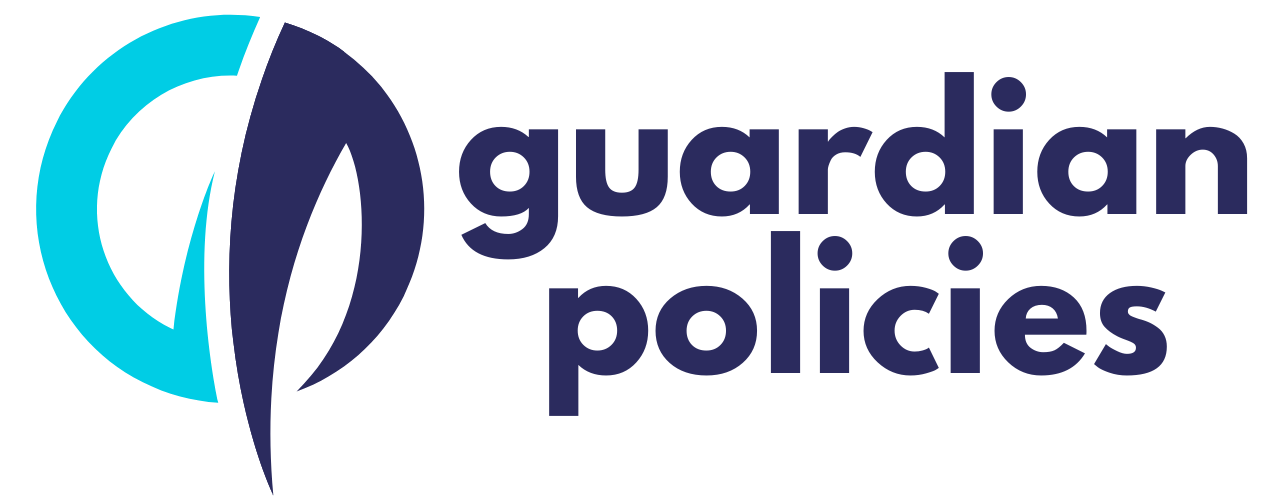
Navigating Health Insurance Options During Open Enrollment
Open enrollment is a critical time for selecting health insurance coverage for the upcoming year. Whether you're enrolling for the first time or reassessing your current plan, the decisions you make can have significant implications for your health and finances. With a variety of plans and options available, navigating this process can be daunting. This guide provides tips and insights to help you choose the right health insurance plan during the open enrollment period.
Understanding Open Enrollment
Open enrollment is the annual period when individuals can enroll in or make changes to their health insurance plans. For most health insurance marketplaces and employer-sponsored plans, open enrollment typically occurs in the fall, with coverage starting in January of the following year. During this time, you can:- Enroll in a new health insurance plan
- Switch to a different plan
- Add or remove dependents from your coverage
- Make changes to your coverage options
Tips for Choosing the Right Health Insurance Plan
-
Assess Your Health Care Needs
- Frequency of doctor visits
- Prescription medications
- Planned surgeries or procedures
- Specialist care
- Ongoing medical conditions or treatments
-
Understand Plan Types
- Health Maintenance Organization (HMO): Requires you to choose a primary care physician (PCP) and get referrals to see specialists. Typically, these plans have lower premiums and out-of-pocket costs but less flexibility in choosing healthcare providers.
- Preferred Provider Organization (PPO): Offers more flexibility in choosing healthcare providers and doesn't require referrals for specialists. PPO plans usually have higher premiums and out-of-pocket costs compared to HMOs.
- Exclusive Provider Organization (EPO): Similar to HMOs, but typically without the need for referrals. Coverage is usually limited to in-network providers, except in emergencies.
- Point of Service (POS): Combines features of HMOs and PPOs, requiring a PCP and referrals, but offering some out-of-network coverage.
-
Compare Costs Beyond Premiums
- Deductibles: The amount you pay out-of-pocket before your insurance starts covering expenses.
- Copayments: Fixed fees you pay for specific services, like doctor visits or prescriptions.
- Coinsurance: The percentage of costs you share with your insurance after meeting your deductible.
- Out-of-pocket maximums: The maximum amount you will pay during a policy period before your insurance covers 100% of your costs.
-
Check the Provider Network
-
Review Prescription Drug Coverage
-
Consider Additional Benefits and Services
-
Use Available Resources
-
Plan for Future Needs
Conclusion
Navigating health insurance options during open enrollment can be challenging, but by understanding your healthcare needs, comparing plan types and costs, and considering additional benefits, you can make an informed decision. Taking the time to carefully evaluate your options will help ensure that you and your family have the coverage you need at a cost you can afford. Remember, the choices you make during open enrollment will impact your healthcare and finances for the entire year, so choose wisely.All Categories
Recent Posts
guardianpolicies0 Comments
Preparing for Retirement Essential Financial Steps to Take in Your 40s and 50s
guardianpolicies0 Comments
The Impact of Credit Scores on Insurance Premiums What You Need to Know
guardianpolicies0 Comments




